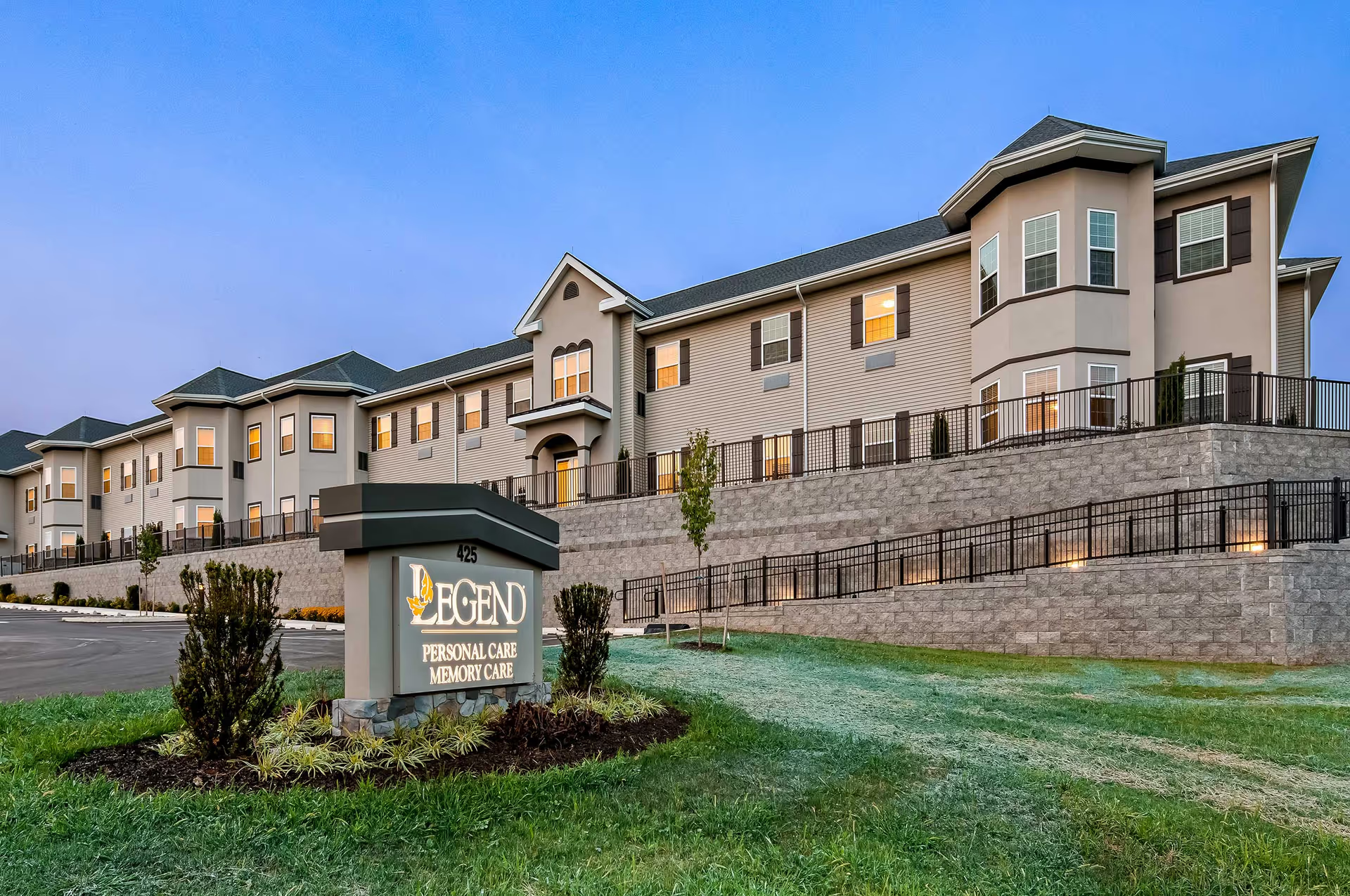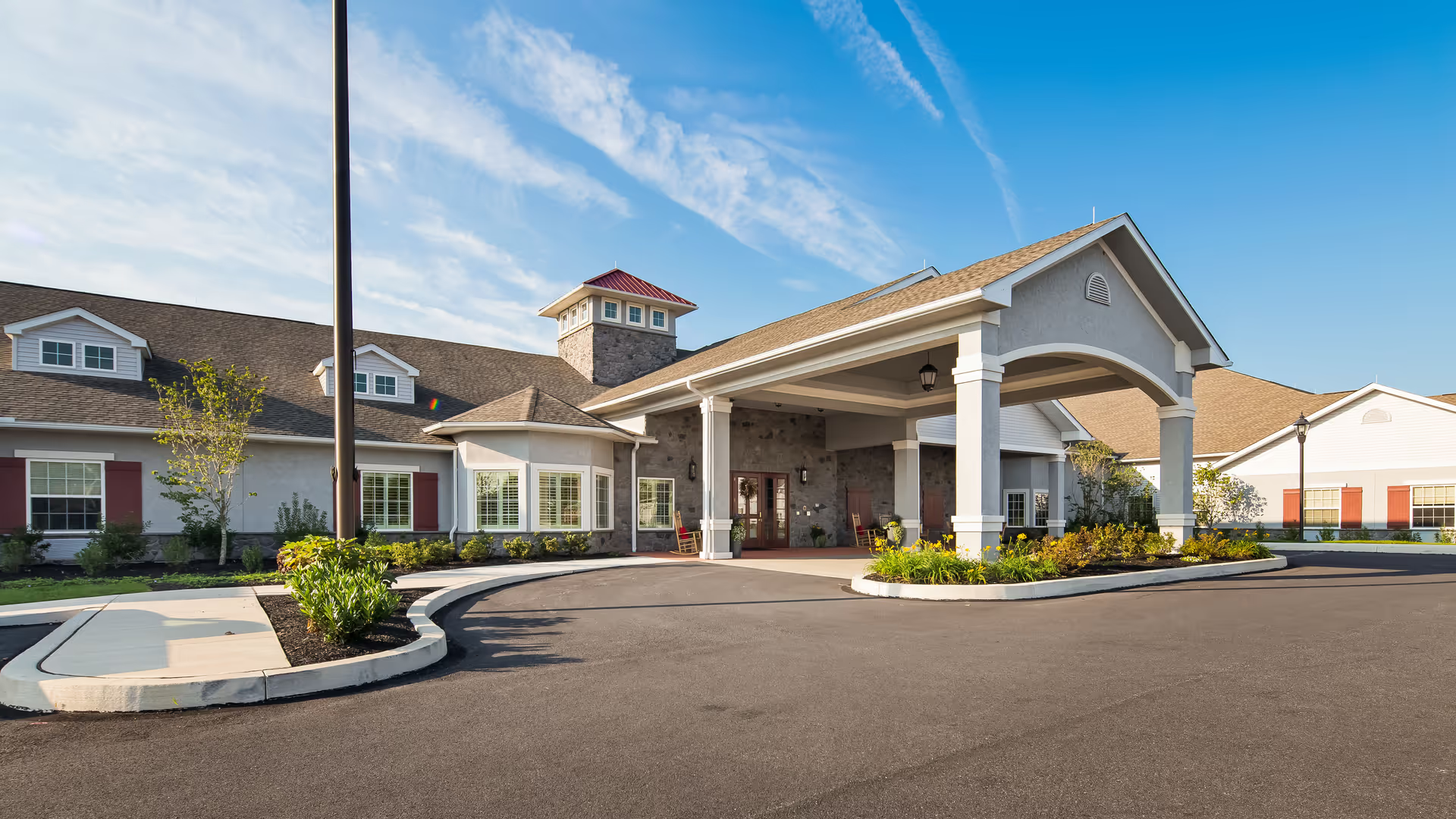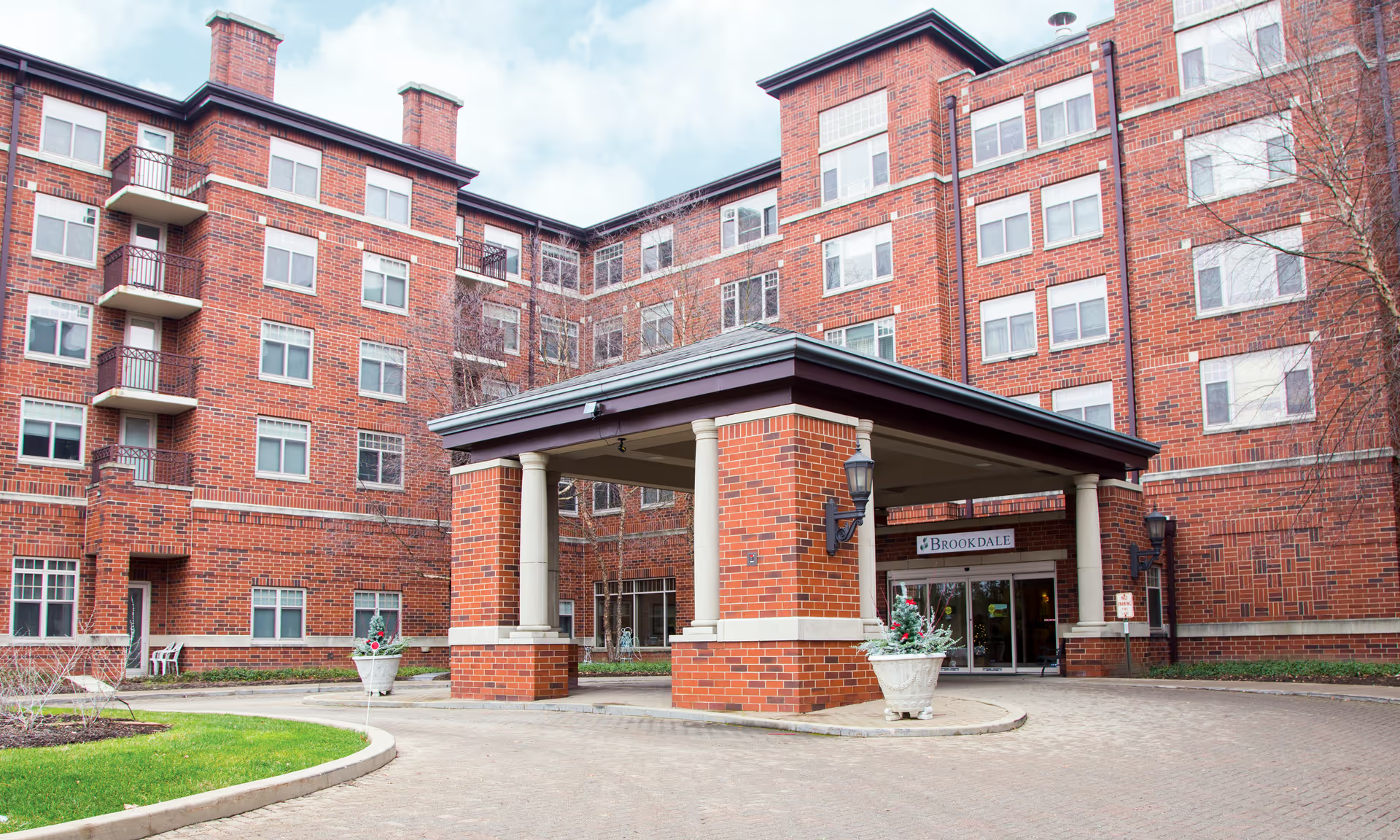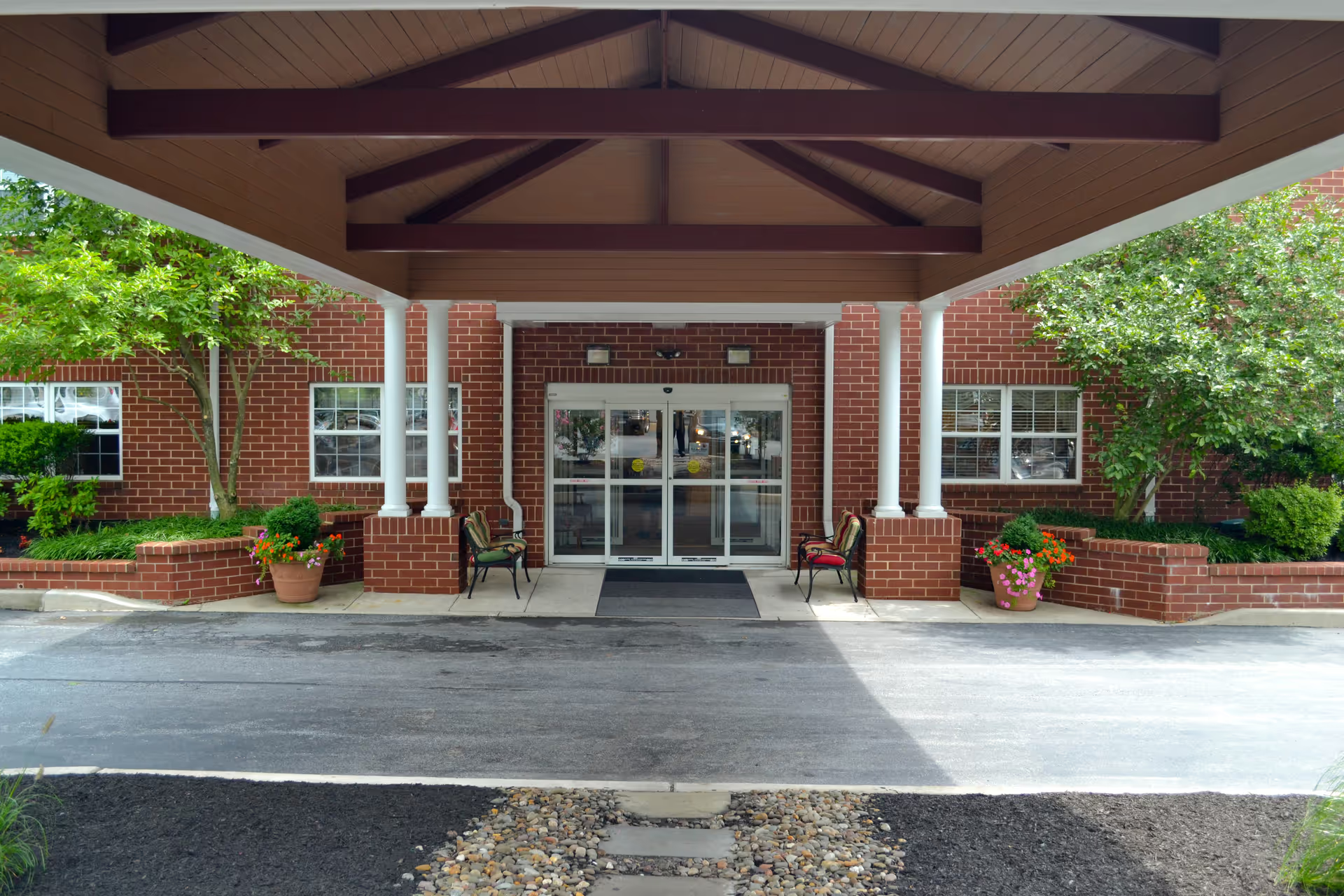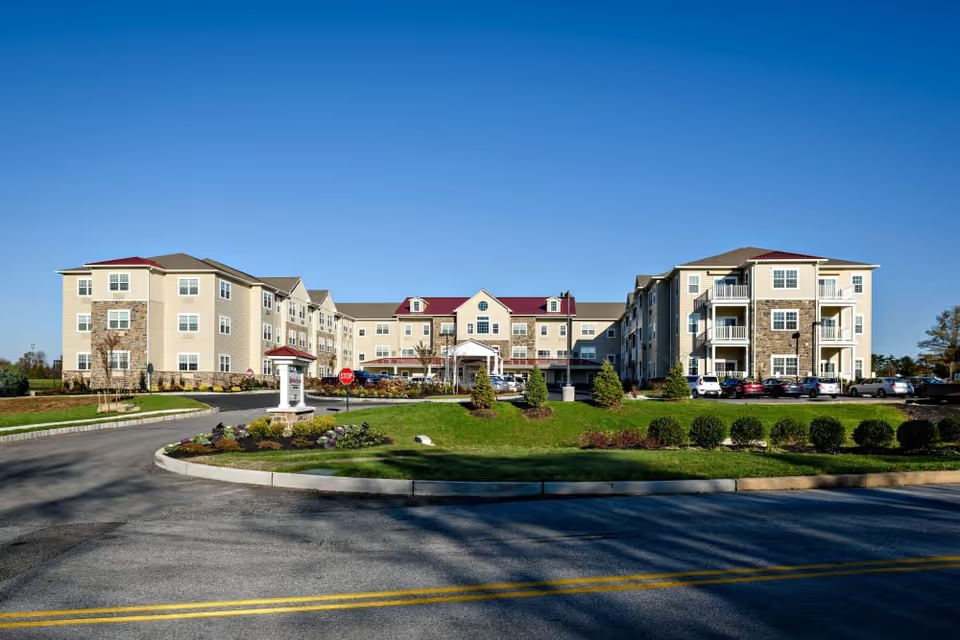Overall sentiment in these reviews is mixed but leans positive regarding day-to-day resident experience, staff attitude, and the physical ambiance of Wynwood House Personal Care Homes, while raising notable operational and clinical concerns that merit attention.
Care quality and staff: Many reviews emphasize that front-line staff are warm, kind, detail-oriented and provide individualized attention. Multiple comments highlight an accommodating facilitator, staff who genuinely care, and residents who appear happy and well-liked. Reviewers repeatedly describe the environment as welcoming and homey, and say that staff are attentive in activities, personal care, and room personalization. These consistently positive remarks suggest that when staff are present and able to provide care, the interpersonal quality of caregiving is strong.
Facilities and physical environment: The facility is described as cozy and small, with an easy-to-maneuver layout that residents and families appreciate. Suite-style rooms that allow personalization are a frequently cited pro, and reviewers note the facility looks nice and is in a convenient location. On the downside, reviewers reported specific physical problems: HVAC vents that deliver cold air inappropriately, and building design flaws that created accessibility problems. There were also reports that essential fixtures (toilet and bed) were not initially set up for elderly or disabled residents, which indicates lapses in readiness for incoming residents with mobility or toileting needs.
Dining and activities: The reviews point to a positive activities program, with a craft room, puzzles, and a variety of crafts that residents enjoy. Food variety was called out as a strength, and activities appear to contribute meaningfully to resident satisfaction. These programmatic elements align with the repeated descriptions of a warm and engaging environment.
Operational and clinical concerns: Several reviews contain serious operational complaints. Understaffing and turnover — specifically the head nurse quitting — were raised, which can directly affect continuity of care. Laundry issues (clothing not cleaned properly and smelling of urine) reflect problems in daily operations and dignity-related care. There are also concerns about clinical oversight: a reviewer questioned a doctor’s assessment regarding blood sugar, and one family reported that their mother died after three weeks at the home. While the reviews do not provide full medical context, the combination of staff turnover, perceived inadequate oversight, and an adverse outcome has understandably elevated family concern.
Compassion, communication, and management response: While front-line caregivers are praised for kindness, several reviewers noted a perceived lack of sympathy or compassion from facility management following a resident’s death — specifically no condolence card, no funeral flowers, and no phone call. This gap between warm daily caregiving and impersonal or absent bereavement communication suggests inconsistent professionalism at administrative levels. Multiple comments also indicate occasional inconsistency in care delivery and communication around medical issues, reinforcing the need for clearer protocols and responsiveness from management.
Patterns and implications: The collective picture is of a small, welcoming facility that generally provides a pleasant daily life through caring staff, good activities, and comfortable rooms at reasonable cost and location. However, significant operational weaknesses — staffing shortages and turnover, laundry and housekeeping failures, HVAC and accessibility problems — plus concerns about clinical oversight and manager-family communication, create risk areas that could affect safety and family trust. For prospective residents and families, the strengths in staff warmth and programming are attractive, but they should weigh these against the reported operational and clinical concerns and seek direct answers from management about staffing levels, nurse coverage, medical oversight protocols, housekeeping practices, and bereavement/communication policies before making a placement decision.
